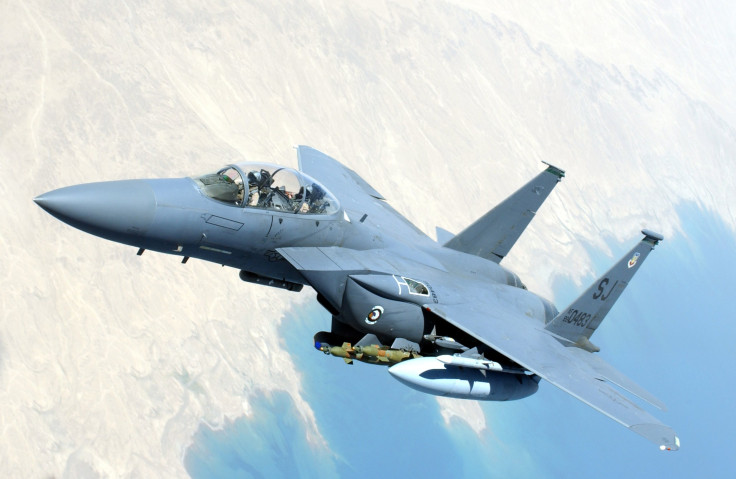Hypoxia Causes Air Force To Ground Aircraft, Issue Precautionary Measures To Pilots

Fears of hypoxia and other physiological factors forced the 19th Air Force to suspend all solo flights in T-6 Texan trainer aircraft indefinitely Wednesday.
The announcement came in the form of a screenshot of a message posted on the unofficial Facebook page Air Force early yesterday, Defense News reported. The message read: “Due to the nature of T-6 Unexplained Physiological Events (UPE) symptoms and ability to recognize the situation, all solo sorties (both student and IP) are suspended until further notice.”
The Air Force had issued a number of precautionary measures to be followed by pilots in order to avoid dizziness or other hypoxia symptoms when they were up in the air.
Maj. Gen. Patrick Doherty, commander of the 19th Air Force, ordered all T-6 instructor and student pilots to fly with their masks down, which meant that one of the bayonets or connectors would be unlatched throughout their flight. This was to assist them in breathing the cockpit air, hence lessening the chances of undergoing hypoxia-like symptoms when they were up in the air. Pilots will also be allowed to partially remove their masks when the flight is grounded.
However, if the pilot did to the eject mid-air or encounters cabin pressure issues, smoke, or fumes, he or she should put the mask back on, latching the disengaged bayonet before following the standard protocol in that given situation.
After numerous Air Force A-10 Thunderbolts, F-35A Lightnings, and T-6A training aircrafts were grounded in 2017, the Air Force announced on Jan. 22, 2018, that it had appointed a team — Unexplained Physiologic Events Integration Team — to get to the root of what would have caused the pilots to experience hypoxia-like problems during the flight.
"As part of the integrated effort to address physiological events, the Air Force is providing more resources to understand [unexplained physiological events], standardize response actions to such events and assess options for more robust aircrew training to recognize and respond to these events," Brig. Gen. Bobbi Jo Doorenbos, who was picked to lead the team, said in an Air Force release at the time. "Our ultimate goal is to prevent UPEs."
On June 9, 2017, the Air Force grounded all F-35A Lightning II's at Luke Air Force Base, following five cases where pilots experienced symptoms similar to hypoxia. No pilots were injured during the landing in any of the five cases since their backup oxygen reserve had kicked in each time, Business Insider reported.
Although investigators tried to determine the exact cause of the incident, their examination failed to yield results. Before F-35A operations resumed on June 21 last year at the base, the pilots were told to follow a few steps to avoid repetition of the previous incident such as increasing the minimum level of backup oxygen when they fly and avoiding certain altitudes where they began experiencing the symptoms.
In a similar instance where the entire fleet of T-6A Texans at Vance Air Force Base in Oklahoma was grounded in November due to the hypoxia, the experts assigned to investigate were able to eliminate maintenance and aircrew flight equipment procedure problems as the cause behind the recurring event, although they were unable to pinpoint the exact cause.
© Copyright IBTimes 2024. All rights reserved.






















